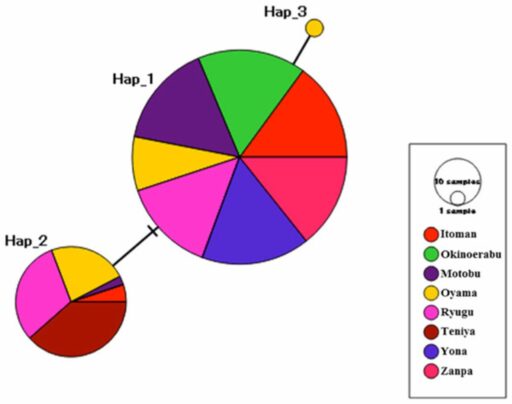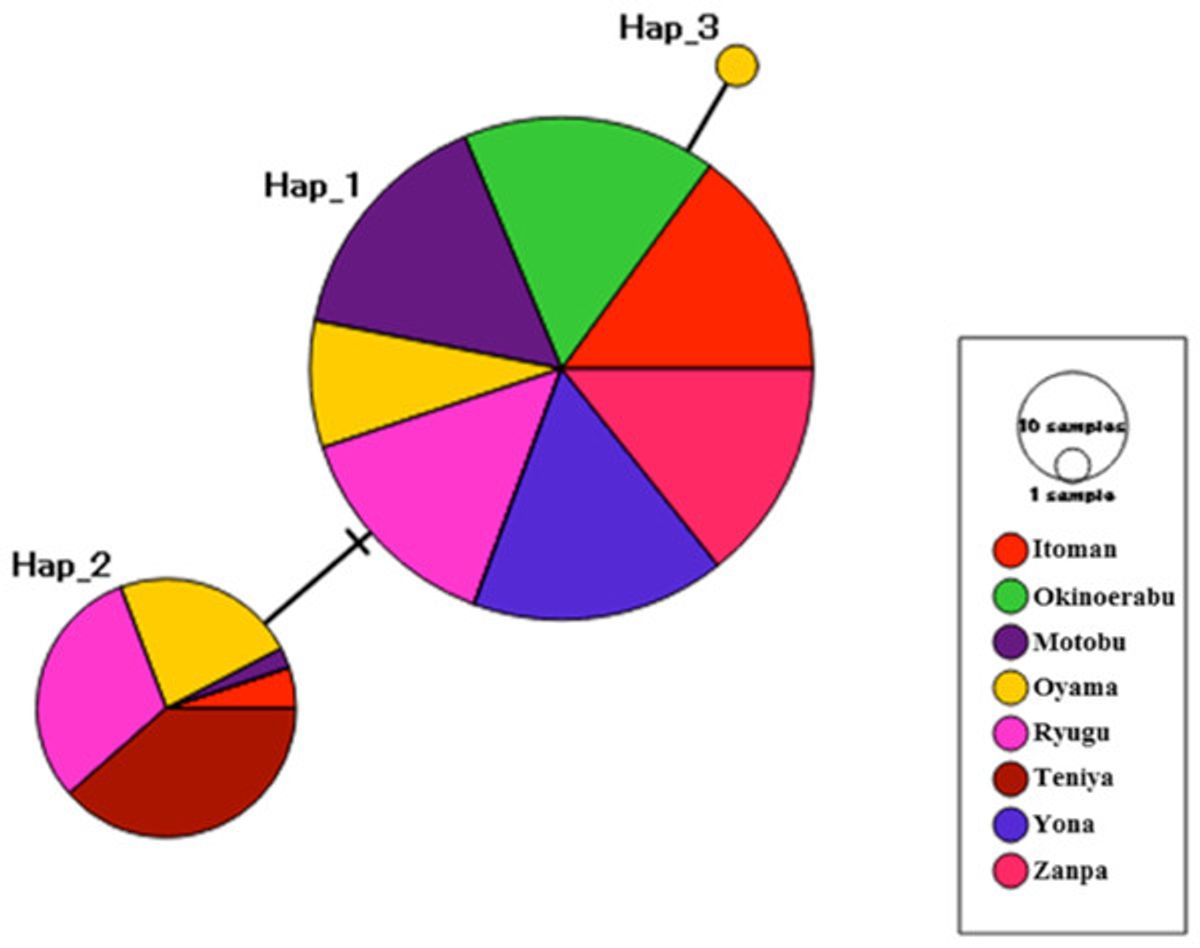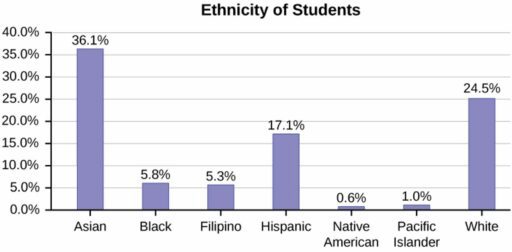Table of Contents
Finding the median of a data set is a fundamental statistical task that involves identifying the central value in a given set of numbers. The median provides a significant measure of the middle of the data, which can be particularly useful in understanding its distribution, especially when the data set includes outliers. The process of finding the median can be broken down into simple steps that, when followed correctly, yield accurate results for both small and large data sets. This article outlines five straightforward steps to calculate the median, applicable to any collection of numerical data.
Key Takeaways
- Organize the data by arranging all data points in either ascending or descending order to prepare for median calculation.
- Count the number of data points in the set to determine if the data set has an odd or even number of values.
- For an odd number of data points, the median is the middle value after the data has been ordered.
- For an even number of data points, the median is the average of the two middle values after ordering the data.
- The formula Median = [(n+1)/2]th can be used to locate the median position in an ordered data set.
1. Organizing the Data Set


Before diving into the calculation of the median, it’s crucial to organize your data set. Start by arranging the numbers from the smallest to the largest. This step ensures that you can accurately locate the middle value later on.
For instance:
- Original data set:
2, 5, 1, 3, 4 - Organized data set:
1, 2, 3, 4, 5
Similarly:
- Original data set:
18, 39, 19, 34, 28, 78, 22, 24 - Organized data set:
18, 19, 22, 24, 28, 34, 39, 78
Organizing the data is a fundamental step that cannot be overlooked. It is the foundation upon which the median calculation is built.
Whether you’re dealing with grouped data (categorized into groups and often summarized in a frequency table) or ungrouped data (raw data not placed under any group), the initial organization of the data set is the same. This process simplifies the subsequent steps and leads to an accurate determination of the median.
2. Counting Data Points


Before you can find the median, you need to know how many data points you’re working with. Count each data point in your set, ensuring that you don’t miss any or count any twice. This step is crucial because the median is directly related to the number of observations in your data set.
For example, if you have the following data points: 4, 8, 15, 16, 23, 42, you would count and confirm that there are six data points in total. This count will affect how you find the median:
- If there is an odd number of data points, the median will be the middle number.
- If there is an even number of data points, the median will be the average of the two middle numbers.
Remember, the median is not affected by the magnitude of the numbers, only their position within the ordered set. It’s the middle number or the average of the two middle numbers when the count is even.
3. Ascending Order Arrangement


Once you have your data set, the next step is to organize it in ascending order. This means arranging the numbers so that the smallest numbers are on the left and the largest numbers are on the right. This step is crucial as it sets the stage for identifying the median accurately.
For example, consider the following data sets:
- Original:
2, 5, 1, 3, 4
Arranged:1, 2, 3, 4, 5 - Original:
18, 39, 19, 34, 28, 78, 22, 24
Arranged:18, 19, 22, 24, 28, 34, 39, 78
It’s important to ensure that all data points are included and correctly ordered. If you’re dealing with decimals, label them accordingly on your list.
Once the data is in order, you can proceed to the next step of identifying the middle value. Remember, the median formula in statistics refers to the formula used to determine the middle number in the given data set arranged in ascending order.
4. Middle Value Identification


Once you have arranged your data in ascending order, the next step is to identify the middle value. This is the point where the median will be located. For a data set with an odd number of observations, the median is simply the middle number. However, for an even number of observations, the median is calculated by taking the average of the two middle numbers.
To ensure accuracy, always double-check that the data is correctly ordered and that you have identified the correct middle point(s).
For example, consider the following data set arranged in ascending order:
1.2, 2.4, 3.6, 4.8, 6.0
In this case, the median is 3.6, as it is the third value in a set of five numbers. If we had one more number, say 7.2, making the set even-numbered, the median would be the average of 3.6 and 4.8, which is 4.2.
5. Median Calculation


Once you have your data set in ascending order, you’re ready to find the median. The median is the middle value of the data set. If the number of data points is odd, the median is the value at the center of the list. For an even number of data points, the median is the average of the two central numbers.
To calculate the median of an even-numbered set, add the two middle numbers and divide by 2. For example, if the middle numbers are 4.2 and 5.6, the median is calculated as (4.2 + 5.6) / 2 = 4.9.
In cases where the data set is large or grouped, you may use a formula to find the median. For ungrouped data, locate the median using the formula c = (n+1)/2, where n is the number of observations. If c is not a whole number, the median is the average of the values at positions c rounded down and c rounded up.
Here’s a simple example to illustrate median calculation:
| Position | Value |
|---|---|
| 3rd | 4.2 |
| 4th | 5.6 |
The median is the average of the 3rd and 4th values: (4.2 + 5.6) / 2 = 4.9.
Conclusion
In this article, we’ve explored the straightforward process of finding the median of any data set. Whether you’re dealing with an odd or even number of data points, the steps remain consistent: arrange the data in order, apply the appropriate formula or method, and identify the central value. For odd-numbered sets, the median is the middle number after arranging the data in ascending order. For even-numbered sets, it’s the average of the two middle numbers. By following these simple steps, you can confidently calculate the median and gain valuable insights into the distribution of your data set.
Frequently Asked Questions
How do you find the median of a data set with an odd number of values?
To find the median of a data set with an odd number of values, arrange the data in ascending order and identify the middle value. This middle value is the median.
What is the procedure for finding the median of a data set with an even number of values?
For a data set with an even number of values, arrange the data in ascending order, identify the two middle values, add them together, and divide by 2. The result is the median.
Can you use a formula to find the median?
Yes, you can use the formula Median = [(n+1)/2]th, where ‘n’ is the number of data points, to find the position of the median in an ordered data set.
What if the formula for the median’s position results in a fractional value?
If the formula for the median’s position gives a fractional value, calculate the median by taking the average of the two data points that correspond to the positions around that fractional value.
Does it matter if you arrange the data in ascending or descending order?
No, it does not matter if you arrange the data in ascending or descending order, as long as it is consistently ordered when identifying the median.
How do you calculate the median in a set with repeated values?
To calculate the median in a set with repeated values, include all occurrences of each value when arranging the data in order and follow the standard procedure for finding the median.




